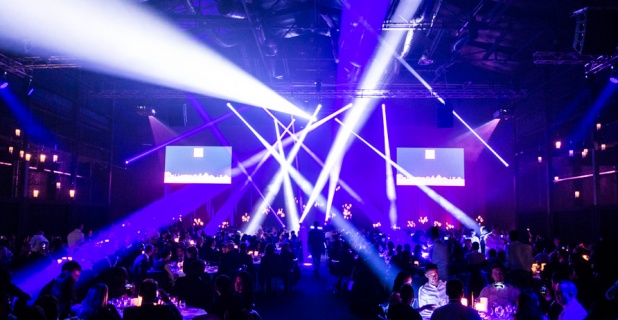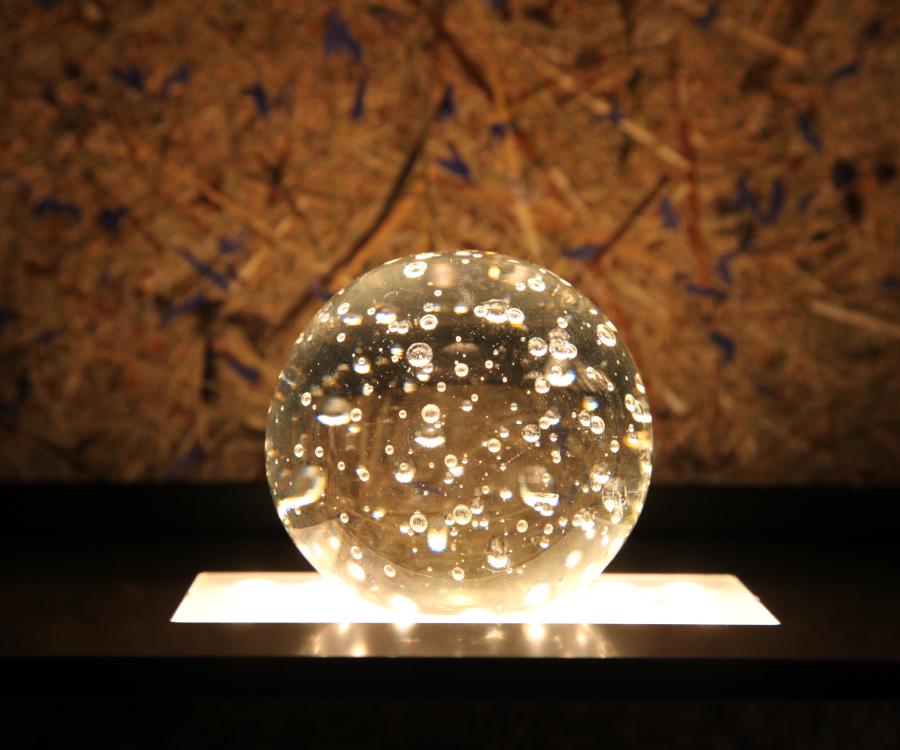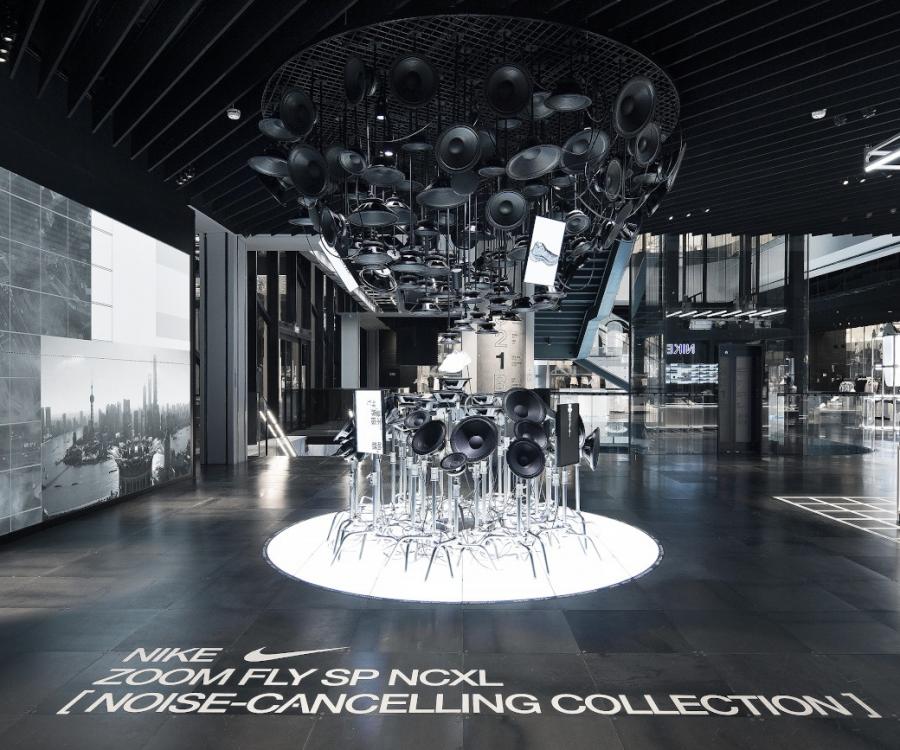The fifth edition of the Professional Lighting Design Convention, PLDC 2015, endorsed the importance of the biennial convention for the international lighting design community. The list of partners and supporters has grown this year, and the organisers registered substantially more attendees.
Associations, universities, media partners and public clients regard PLDC as the platform for the development of new trends and political discussions. The interdisciplinary structure of PLDC promotes future-oriented discussion on the importance of light and the lighting design profession. In Rome lighting designers, architects, clients, researchers, educators and the lighting industry were present and open to discuss the quality of light in architecture, and to discover and develop trends.
PLDC 2015 took place under the patronage of the Roman Chapter of Architects, Urban Planners, Landscape Architects and Curators. The main theme this year was Light and Culture. The organisers chose Italy as a location because historical roots and modern lighting technology make for an especially exciting contrast, and this is especially evident in Italy. Museum and gallery lighting, and the illumination of historic sites such as the Colosseum can benefit from modern technologies, bridging the gap between the past and the future of urban life in a tourist city.
Besides paper presentations in four parallel tracks, the comprehensive supporting programme was also designed to stimulate discussion and debate. Six Experience Rooms, a lighting design competition focussing on the EUR district in Rome, excursions to projects in the City of Rome, and a series of pre-convention meetings all contributed to expanding PLDC’s reputation as a quality global lighting design convention. The event was ably supported by 65 leading companies, who demonstrated the current potential of the lighting industry. Joachim Ritter, Chair of the PLDC Steering Committee, was extremely pleased with the overall response to the convention: “We are delighted that our ideas and efforts have met with such a positive response, and that the modern format we have developed for PLDC has gained so much recognition worldwide. The market is very dynamic right now and lighting design is gaining more attention in this International Year of Light”.
This year, PLDC was also an international meeting point for professional issues concerning the recognition of the profession. A new initiative currently underway is focussed on gaining official recognition of Lighting Design as a profession at EU level by introducing a licensing procedure. The necessary documents have been compiled in the past few months. This marks a significant step in the process to gain recognition for the profession. On the occasion of PLDC 2007 in London, a Declaration was made and approved by those attending that indicated this intent. The new initiative, which is being driven by a group of dedicated lighting designers and educators, was presented at PLDC 2015.
This process is also being expressly supported by the official representative body of the European lighting industry, Lighting Europe. This move is accompanied by the setting up of coordinated continuing education programmes and the installation of a non-profit organisation to handle the issuing of licences on the European market. This would be an all-time first internationally, and would act as a case of precedence for other markets.
The motto of this year’s PLDC was therefore spot-on: “An educated decision” is a clear pointer to the fact that modern lighting design is based on the evidence revealed by scientific studies and is therefore a discipline that can be studied and learnt. In future, Bachelor and Master degrees in Lighting Design need to be more acknowledged as marking the graduate’s start in professional life. Education and continuing education are, and remain, the basis for all developments in the field of lighting design as a discipline.
The Chamber of Architects in Italy has also recognised the significance of lighting and, like CIBSE, is awarding CPD credits for attending PLDC, thus also recognising the quality of PLDC as an educational event.
Public clients likewise see enormous value in the event and use PLDC to exchange news and views with representatives from other towns and cities as well as with specialist designers. The next wave of development is just around the corner. Digital connectivity is going to be changing the lighting design world dramatically, public life being the area most affected. The impact of this and the opportunities it offers are hard to define right now, which is why they are the subject of debate.
This year was the first time that a design competition was staged on the occasion of PLDC. The international competition, which focussed on the historic EUR district in Rome, was organised as an interdisciplinary project and required that an architect work together with a lighting designer to develop the concept. The National Council of Italian Architects, Planners, Landscapers and Curators (CNAPPC), together with AIDI, APIL and the universities La Sapienza and Rome Tre, and supported by the Capital City of Rome, staged this lighting design competition. The results were exhibited at PLDC in a specially dedicated Experience Room.
The Challenge: the final, and the kick-off for 2016/2017
PLDC also hosted Round IV – the final – of the young designers’ speaker competition, The Challenge. Of the 50 candidates who submitted topics for papers in Round I, six young talents competed for first prize on 31. October in the final. Over the past 18 months, and four rounds, the young designers developed their respective topics, coached by professional lighting designers to optimise the content of their papers and refine their presentation techniques. Within the framework of the final, the speakers were judged on the quality of the content of their papers and the professional quality of the presentation itself. The winner was selected by an independent jury and announced at the Gala Dinner. PLDC 2015 also marked the kick-off to the next edition of The Challenge, which will take place over the coming two years.
The Gala Dinner, including the PLD Recognition Awards, which was the climax to PLDC 2015, was held in the Cinecittà film studios in Rome, where parts of the latest Bond movie were filmed. The closing event, with almost 800 guests attending, was sold out months before it took place. The main highlight of the evening was the Awards ceremony: lighting designers and other key partners in the community were recognised in seven different categories for their outstanding contributions to the advancement of Architectural Lighting Design in the last two years.
This year the Awards ceremony included the announcement of the winner of the Young Designers’ Speaker Competition. The prize money to the amount of 1000 euros for the best presentation in the final round of The Challenge was awarded to Pernille Krieger and Eik Lykke Nielsen from the University of Aarhus/DK who gave a paper on “Lighting design to help elderly citizens live independently”. Pernille and Eik were coached by Brendan Keely/UK.
- In the category Best Newcomer the award went to Kerem Ali Asfuroglu /TY/UK from Speirs + Major for his innovative educational approach and his artistic graphics.
- The Award for Best Industry Innovation went to Arduino, an open-source computer hardware and software company that designs and manufactures microcontroller-based kits for building digital devices and interactive objects.
- Dorit Malin from Israel received the Award for Education for her tireless work in the field of education.
- The Award for Research went to Dr. Karolina Zielinska-Dabkowska/PL/CH for her work on the effects of light on nature.
- Artist Raphael Hefti/CH was presented with the Award for the Best Daylighting Project for the installation he designed for the roof of the gift shop at the Van Gogh Museum in Arles/F.
- The artistic lighting design for the Energy Tower Facade of the incinerating plant in Roskilde/DK by Gunver Hansen from Copenhagen/DK was recognised with the Award for Best New Project.
- The Award at Large was presented to Daan Roosegaarde for the temporary installation “Waterlicht”/NL.
The guests were particularly intrigued to see who would receive the Lifetime Award, which in previous years had been presented to Prof. Dr. Heinrich Kramer, William Lam, Dr. Jonathan Speirs and Christopher Cuttle. This year the jury honoured Motoko Ishii for her life’s work. The work of the Japanese lighting designer, who has been working in the field for 50 years, is a source of inspiration for many designers around the world. As the first female lighting designer back in the eighties, she was able to establish her reputation in Japan and internationally through her consistent artistic philosophy.
On the occasion of the gala evening that concluded the PLDC event Joachim Ritter announced the location and the motto for PLDC 2017. The motto of the 6th PLDC will be “Shift happens!” – pointing to the dramatic changes on the lighting design landscape, the impact of digital technologies and the processes the design community will have to undergo to adjust to changing conditions. Substantial changes are anticipated in the public realm with regard to structural reorganisation. Lighting programmes in towns and cities in future will be addressing issues such as atmosphere and energy savings to the same extent.
The City of Paris will be the location of the next PLDC event. The French capital looks forward to playing a significant role in support of PLDC 2017, and the PLDC organisers will be cooperating with key persons in Paris to take the event to a new level. Paris was one of the first cities to start using street lights during the Great Exhibition of 1889, and was promptly referred to as the City of Light. The city fathers now have the chance to regain the title in the modern sense as the “City of Light 4.0”. By the year 2020, Paris is planning to change its public lighting system radically. In future, more emphasis will be placed on the needs of pedestrians and cyclists.
In 2017, PLDC will therefore again serve as a driver of state-of-the-art lighting design, a platform to enable trends to be discussed and developed – taking the next step to strengthen the interdisciplinary character of the educational event.
Source: PLDC





